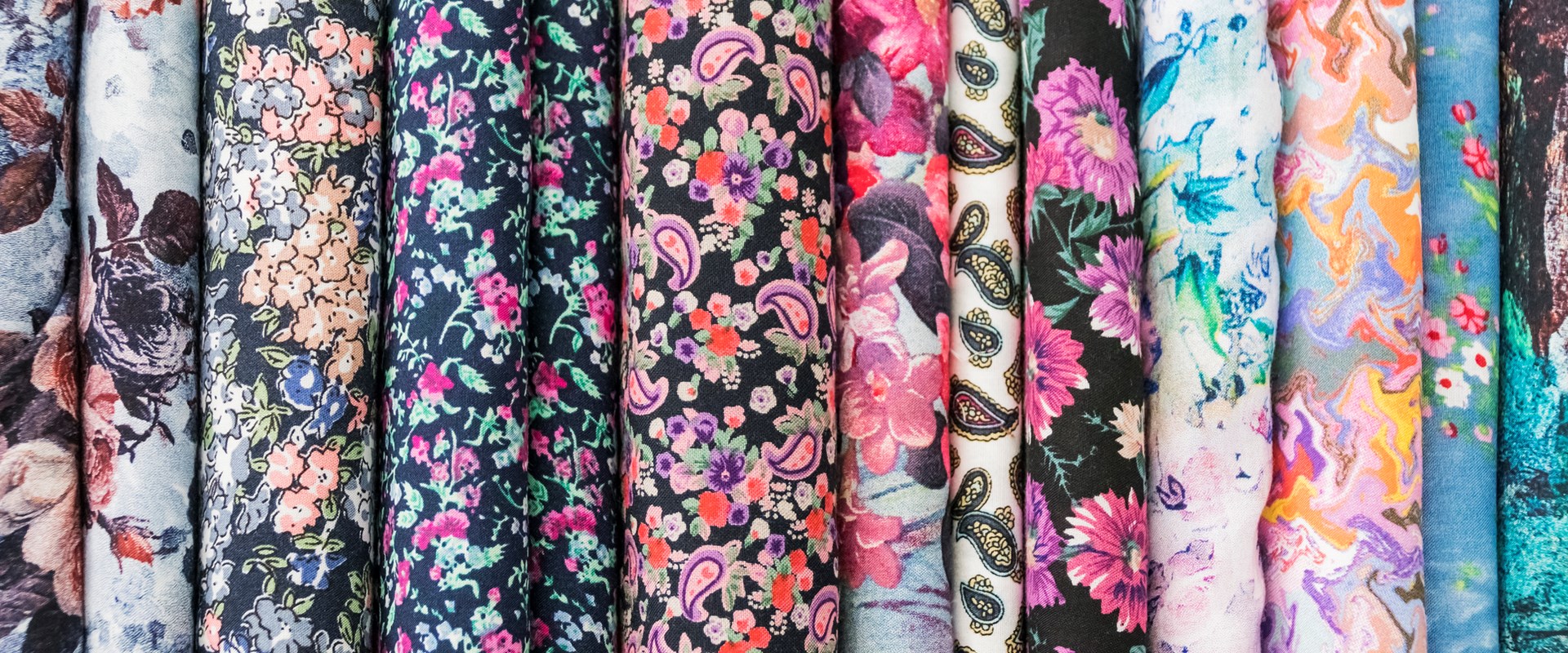On Wednesday, the Intellectual Property Enterprise Court handed down one of its first judgments of 2020 in the case of Response Clothing Limited (“Response”) v Edinburgh Woollen Mill Limited (“EWM”) (IP-2017-000174).
The case concerned a “wave” design of a textured, jacquard ladies top, which was originally designed and supplied by Response to EWM from 2009 to 2012. Following termination of the commercial relationship between Response and EWM, EWM supplied a sample of the “wave” textile to a number of its overseas suppliers, who supplied what was alleged by Response to be infringing copies of the original wave design. Proceedings were launched by Response alleging primary and secondary copyright infringement of its copyright in the “wave” design.
WHEN CAN A TEXTILE BE A WORK OF "ARTISTIC CRAFTSMANSHIP"?
One of the more curious elements of this case was the absence of any identifiable graphic work on which to found a case in copyright infringement (the wave design having been created in situ on the loom (or rather knitting machine) on which it was conceived). Hacon J. dismissed the idea that this fabric was a graphic work for the purpose of s.4(2) of the Copyright, Designs & Patents Act 1988 (“CDPA”). Such works are created by marks made on a substrate to produce an image. In weaving / knitting this is not the case, and in the court’s view, the definition of “graphic work” could not be expanded to encompass the “wave” design.
As such, to succeed in its claim, Response had to succeed in its alternative case that the “wave” design was protected as a “work of artistic craftsmanship” under s.4(1)(c) CDPA, a notoriously difficult area of copyright law.
In considering whether the textile satisfied s.4(1)(c), Hacon J. considered the leading English case on such works, George Hensher Ltd v Restawile Upholstery (Lancs) Ltd [1976] AC 6 (“Hensher”). In that case, the judges cast doubt on whether a work could be considered to be a piece of “artistic craftsmanship” if it was mass produced or made by machine. At 45-52 of the latest judgment, Hacon J. reviewed the opinions of the Law Lords in Hensher and formed the view that, if the judges from Hensher were considering the present case, they would not find the “wave” design to be protected by copyright.
However, things have moved on since 1976. In particular, Hacon J. considered the New Zealand judgment of Bonz Group (Pty) Ltd v Cooke [1994] 3 N.Z.L.R. 216 (“Bonz”) which concerned woollen sweaters and which has been approved twice by the English courts, most famously in the Lucasfilm decision of 2011. In Bonz, Tipping J considered Hensher, but set out an alternative test for artistic craftsmanship:
“…for a work to be regarded as one of artistic craftsmanship it must be possible fairly to say that the author was both a craftsman and an artist. A craftsman is a person who makes something in a skilful way and takes justified pride in their workmanship. An artist is a person with creative ability who produces something which has aesthetic appeal.”
EWM argued that the fact the “wave” textile was created on a machine was evidence that it could not be a piece of “craftsmanship”. Hacon J. disagreed, commenting at 38 that the definition of craftsmanship from Bonz does not require that the object created “must invariably be made only be the hand of the craftsman without the help of the machine”. In considering this point, Hacon J. suggested the hypothetical example of a potter, whose work might, at one end of a spectrum, be produced by hand, using a foot-driven wheel, and at another end, by a high technology machine, controlled by the potter, but never touched by him. The judge commented that “It seems to me to be difficult to draw a line at any point on that spectrum beyond which the potter, however brilliantly creative, is no longer creating a work of craftsmanship”.
In summarising his view at para 64, Hacon J. elected to apply Bonz, and in so doing provided a helpful summary of what may constitute artistic craftsmanship in these circumstances
- It is possible for an author to make a work of artistic craftsmanship using a machine
- Aesthetic appeal can be of a nature which causes the work to appeal to potential customers
- A work is not precluded from being a work of artistic craftsmanship solely because multiple copies of it are subsequently marketed
Hacon J. concluded that the “wave” design was protected by copyright as a work of artistic craftsmanship, and that EWM had infringed Response’s copyright.
IMPLICATIONS
This is a fiery start to the new year in the Intellectual Property Enterprise Court and represents a significant judgment for the fashion sector.
If this judgment is followed, a wider range of garment designs, principally those which would not be categorised as, or been first recorded as, “graphic works”, may now be protected by copyright. We may increasingly see garment and textile designers who employ knitted and/or woven designs in their products seek to rely on artistic craftsmanship as providing a helpful additional string to their bow.






